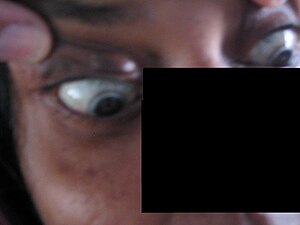For patients with type 2 diabetes, "basic lifestyle factors," like diet and exercise, can play a key role in controlling the disorder and preventing serious complications, such as blindness, nerve disorders, and kidney failure.
In fact, with consistent
blood sugar control and careful attention to cholesterol and blood pressure levels, most
type 2 diabetics can keep the disease in check. And, adopting a low-fat, low-calorie diet and regular exercise to trim 5% to 10% of one's body weight is enough to prevent type 2 diabetes from developing or to bring diabetics' blood sugar, cholesterol, and other key markers within healthy limits.
People with type 2 diabetes should eat at about the same times each day and try to be consistent with the types of food they choose. This helps to prevent blood sugar from becoming extremely high or low. Meal planning includes choosing healthy foods, eating the right amount of food, and eating meals at the right time. You should work closely with your doctor, nurse, and registered dietitian to learn how much fat, protein, and carbohydrates you need in your diet. Your meal plans should fit your daily lifestyle and habits, and should try to include foods that you like.
Here is a fantastic resource to read through....
 Image via Wikipedia
Image via Wikipedia 9:40 AM
9:40 AM
 Keshav Bhat
Keshav Bhat


















